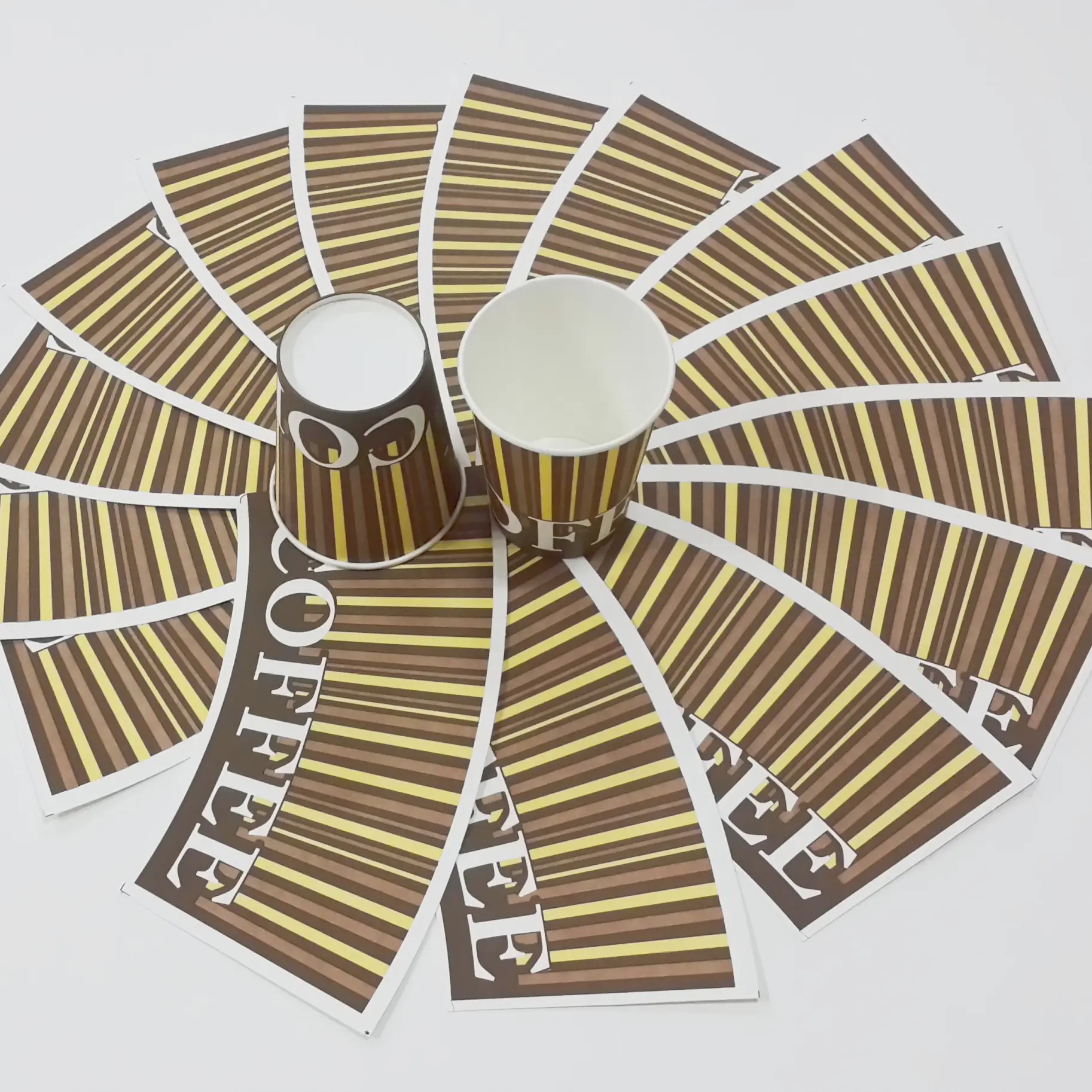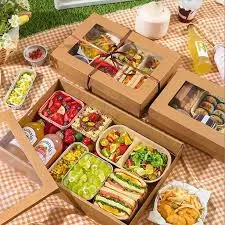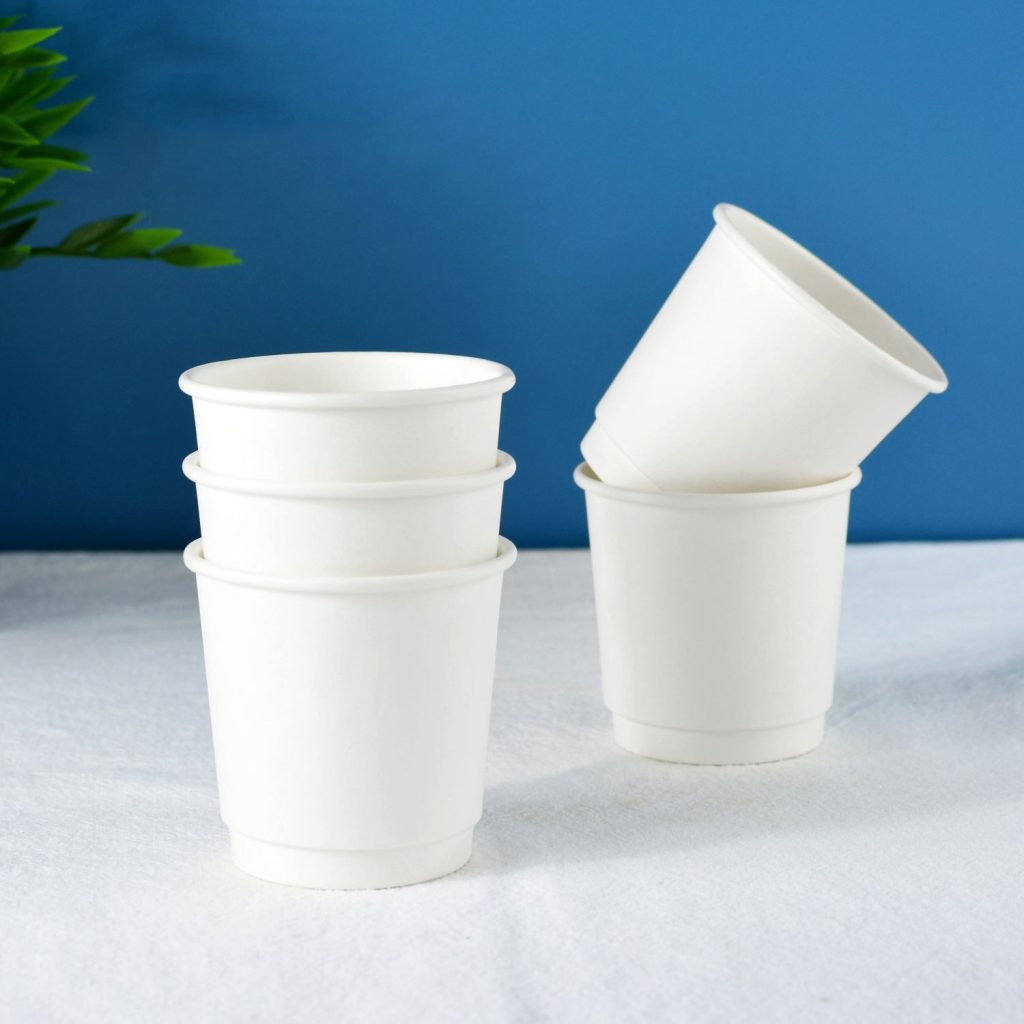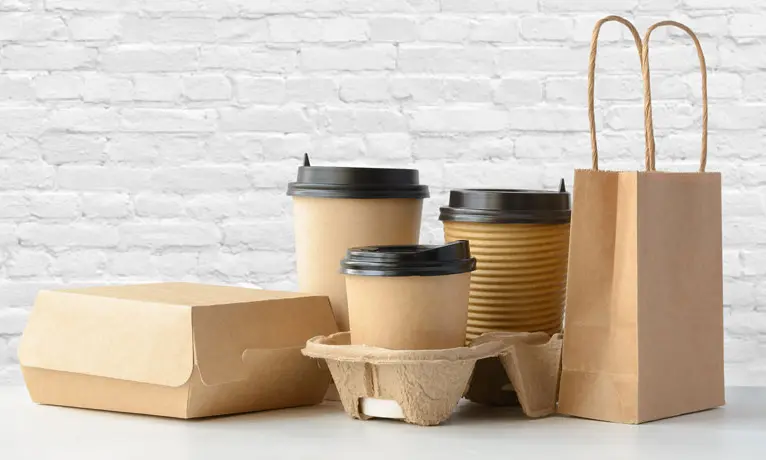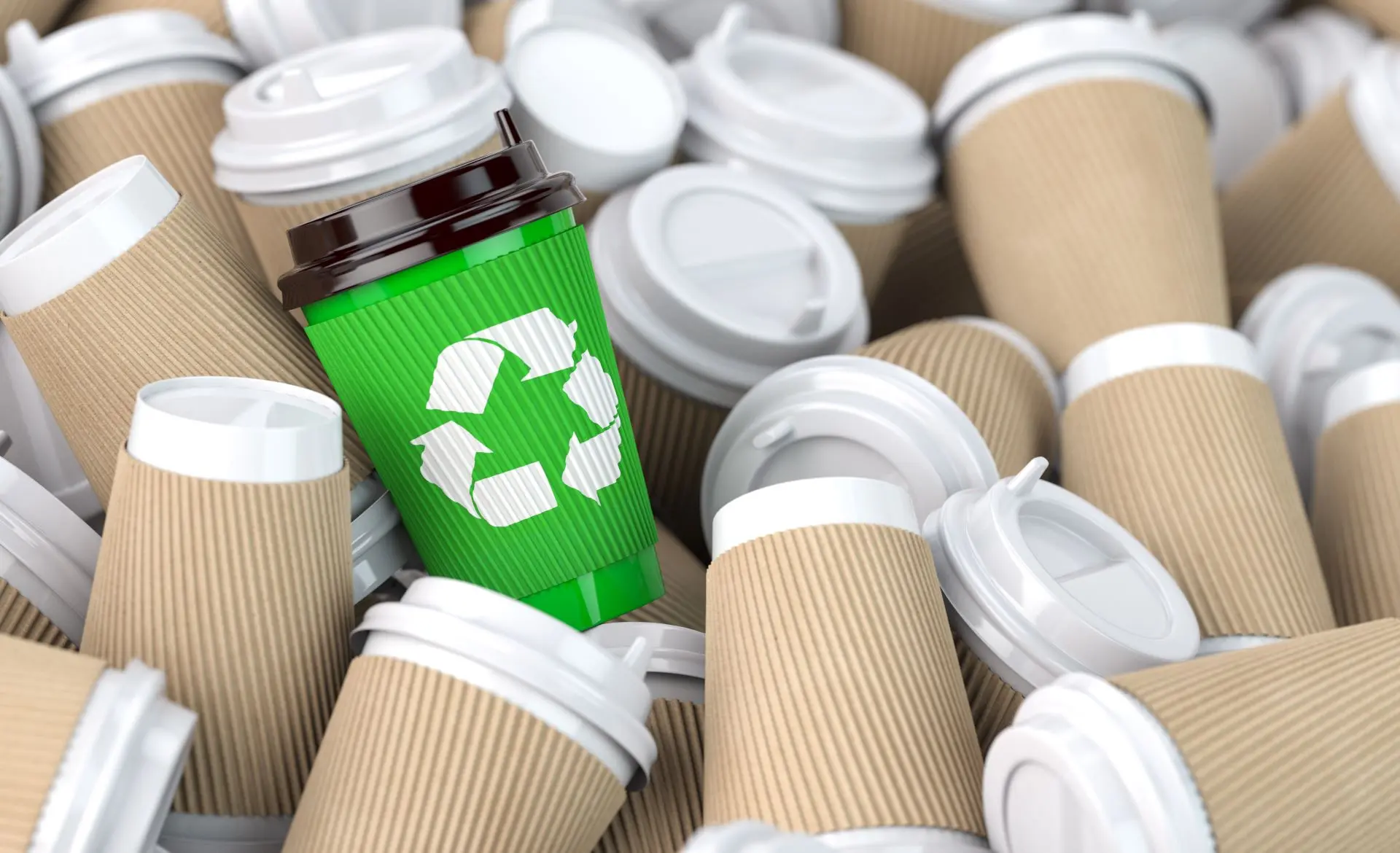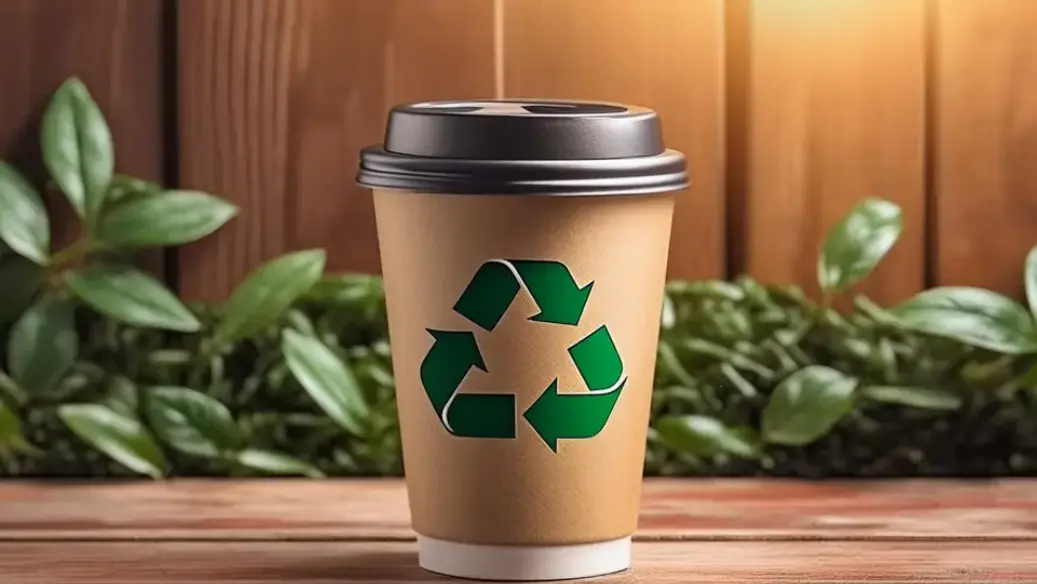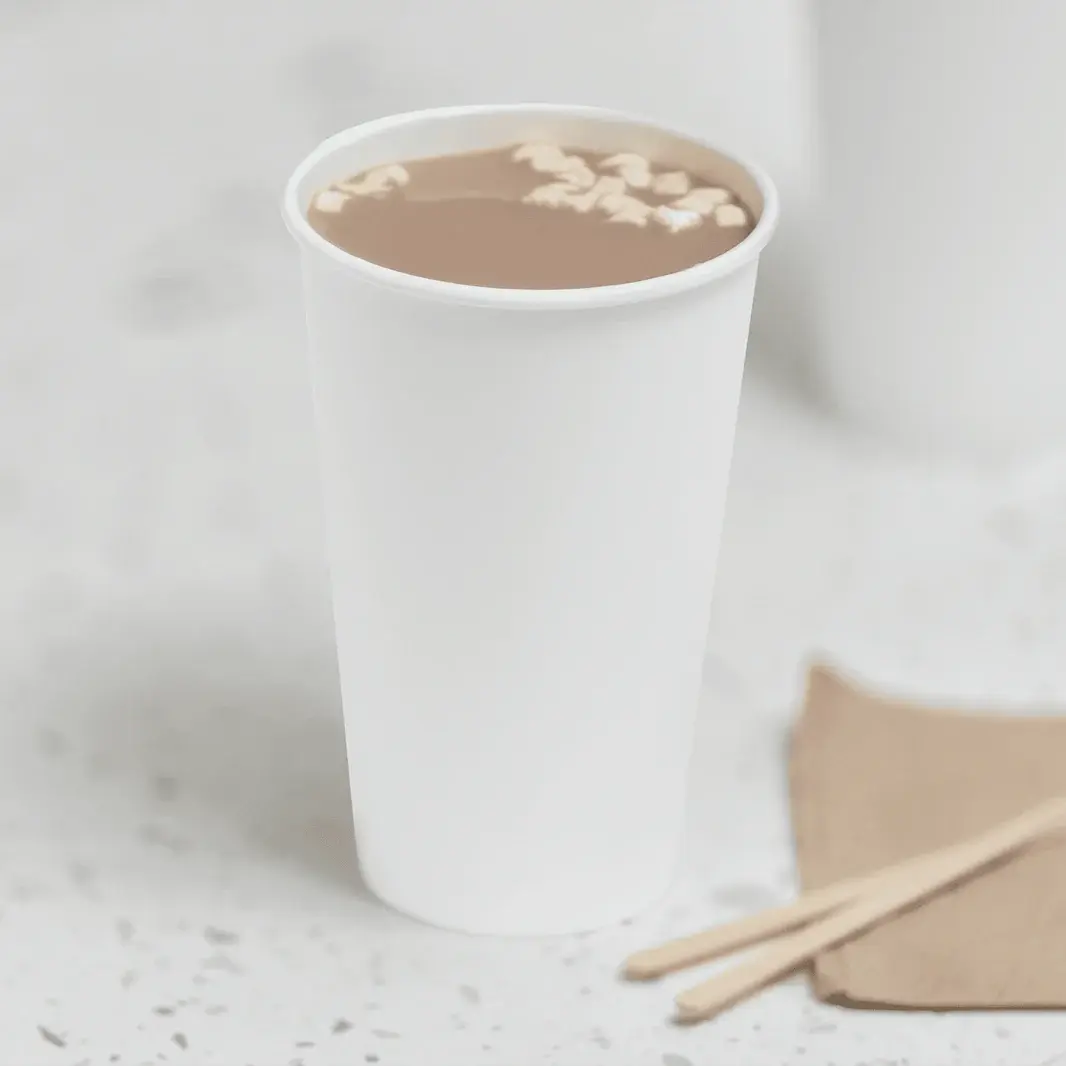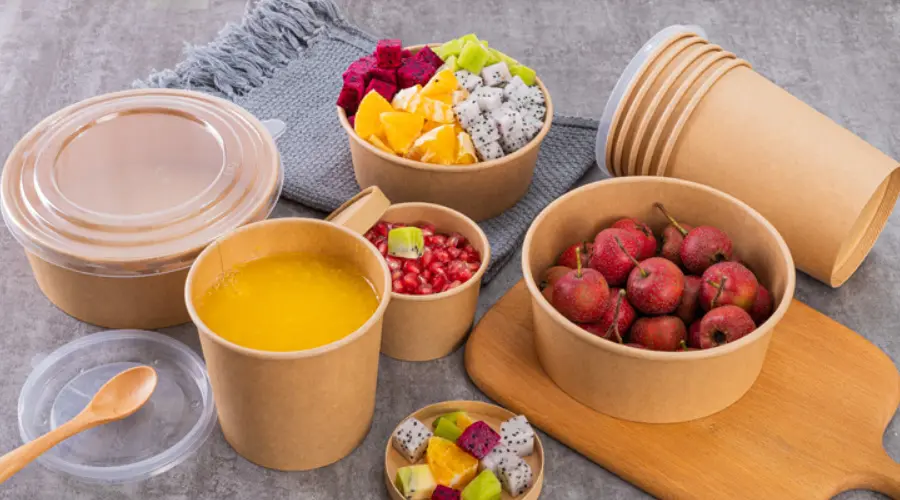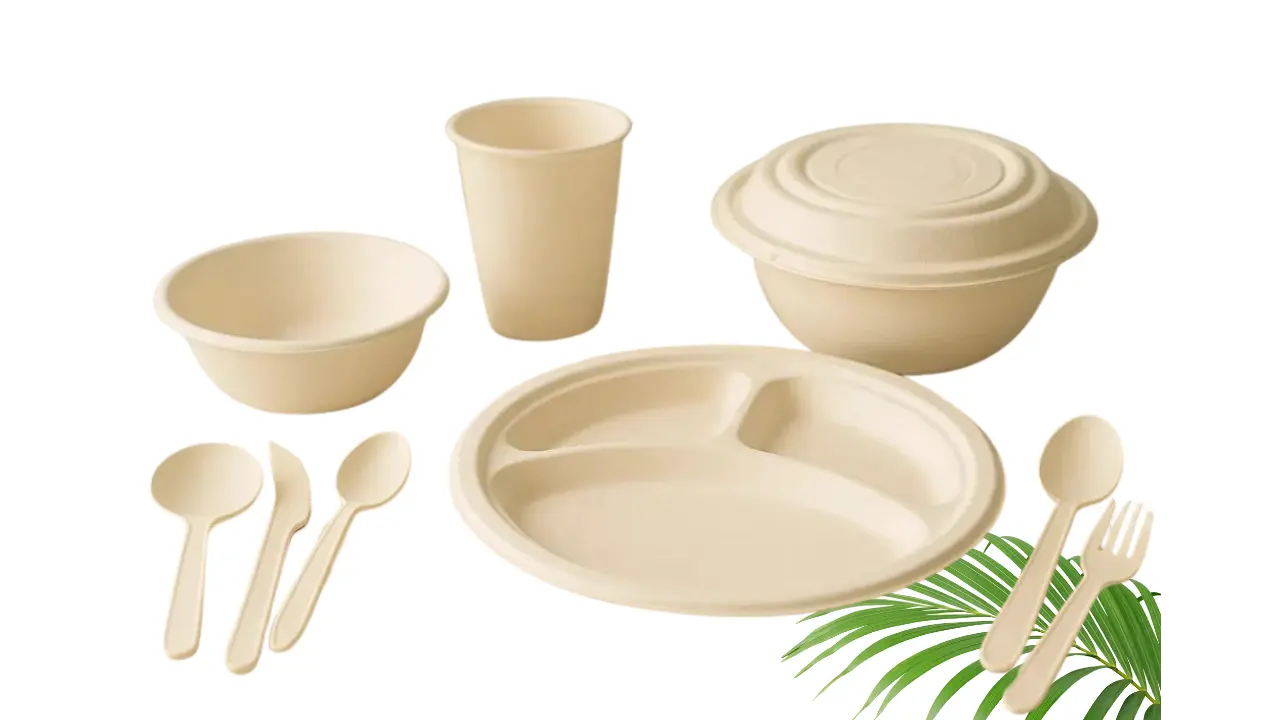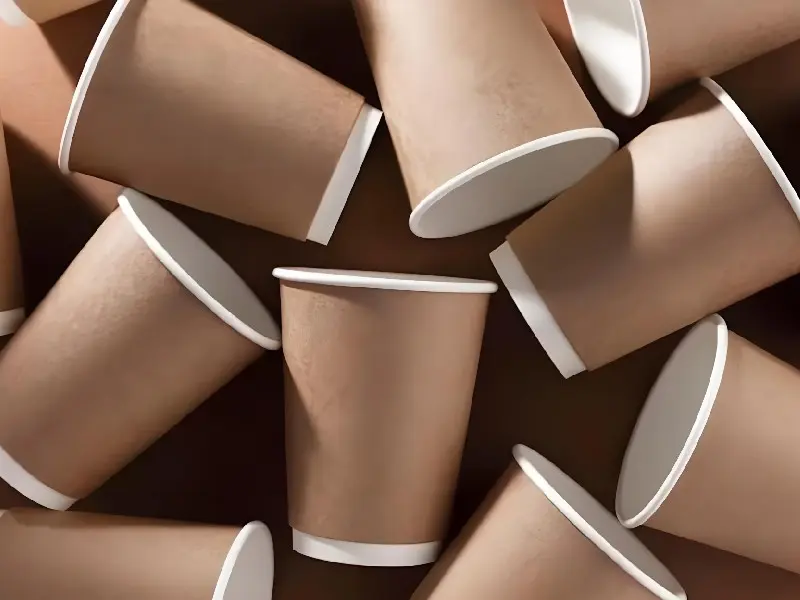Paper Salad Bowls vs Plastic Bowls Which Is Right for You
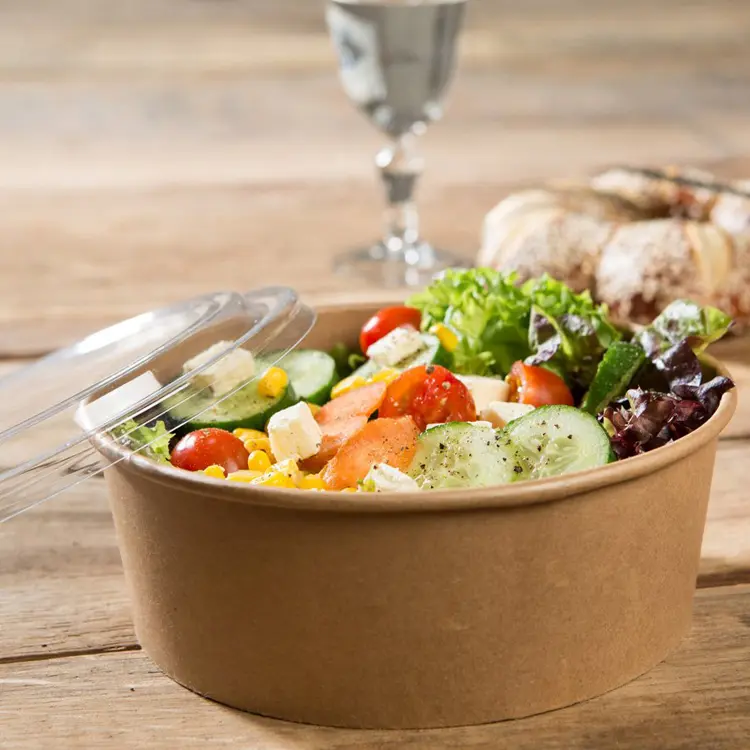
When I pick a bowl for salads, I look at eco-friendliness, cost, durability, and food safety. Paper bowl options feel greener because they come from renewable resources and can be compostable. Plastic bowls last longer and work well for many salad types.
| Type of Bowl | Durability | Food Safety |
|---|---|---|
| Paper | Good for dry or moderately moist salads; can soften with prolonged exposure to liquids | Depends on quality of paperboard and lining |
| Plastic | Superior durability; leak resistant; withstands rigorous handling | Generally reliable for a wider range of salad types |
The best choice depends on what matters most to you—sustainability, budget, or food service needs.
Key Takeaways
- Choose paper bowls for eco-friendliness. They are compostable and made from renewable resources, reducing your environmental impact.
- Select plastic bowls for durability and leak resistance. They are ideal for wet or hot foods, ensuring your meals stay intact.
- Consider long-term costs over initial prices. Paper bowls may save money on waste disposal fees and enhance your business's reputation.
Paper Bowl vs Plastic Bowl: Material Composition

Paper Bowl Materials
When I look at a paper bowl, I notice that manufacturers use several materials to create it. The main ingredient is paperboard. This material gives the bowl its shape and strength. I have learned that the thickness of the paperboard matters a lot. Thicker paperboard makes the bowl more rigid and less likely to collapse when I fill it with salad.
To keep the bowl from leaking, companies often add a thin coating. Polyethylene (PE) is a common choice. It helps the bowl resist moisture, so I can use it for salads with dressings or juicy toppings. Some brands use polylactic acid (PLA), which comes from plants. PLA also protects against leaks, but it is compostable under the right conditions. I like that some paper bowls now use alternative fibers, such as bagasse or bamboo. These materials break down more easily in compost and support sustainability. When I choose a paper bowl made from these fibers, I feel better about my impact on the environment.
Tip: If you want a bowl that holds up to wet foods and supports eco-friendly practices, look for options with PLA or made from bagasse or bamboo fiber.
Plastic Bowl Materials
Plastic bowls come from a variety of materials. Each type has its own impact on the environment and performance. I put together a table to show the main materials and what they mean for the planet:
| Material Type | Environmental Implications |
|---|---|
| PET (Polyethylene Terephthalate) | Made from fossil fuels. Not biodegradable. Can pollute for hundreds of years. |
| PP (Polypropylene) | Also made from fossil fuels. Rarely recycled. Often ends up in landfills or oceans. |
| Sugarcane Bagasse | Biodegradable and compostable. Made from sugar production waste. Breaks down in 60–90 days. |
| Molded Paper Fiber | Uses recycled materials. Home-compostable. Certified compostable. |
| Uncoated FSC Paperboard | Lightweight and recyclable. Best for dry foods. Lower environmental impact. |
When I pick a plastic bowl, I check the label for the material type. PET and PP bowls last a long time and resist leaks, but they can harm the environment if not recycled. Some newer options, like sugarcane bagasse and molded paper fiber, offer better compostability. These choices help reduce waste and support a greener lifestyle.
Environmental Impact of Paper Bowl and Plastic Bowl

Biodegradability and Compostability
When I compare paper bowls and plastic bowls, I notice a big difference in how they break down after use. Paper bowls usually biodegrade much faster than plastic bowls. If I toss a paper bowl into a compost bin, it can break down in a few months, especially if it is made from bagasse or bamboo fiber. Some paper bowls use a plant-based lining like PLA, which also composts under the right conditions. I find that compostable paper bowls help reduce landfill waste and support a circular economy.
Plastic bowls do not break down easily. Most plastic bowls, such as those made from PET or PP, can last for hundreds of years in landfills. Even when labeled as recyclable, many plastic bowls end up as litter or ocean waste. Composting does not work for plastic bowls. I always check the packaging to see if a bowl is truly compostable or just biodegradable. Compostable materials need special facilities to break down properly.
Note: Efficient composting infrastructure is needed to process compostable materials effectively. Without it, even compostable paper bowls may end up in landfills.
Recycling and Waste Management
I see many challenges when it comes to recycling and waste management for both types of bowls. Paper bowls face disposal issues because only about 20% get recycled. Most paper bowls end up in landfills, where they can produce methane gas as they decompose. The recycling process for paper bowls requires proper guidelines and consumer education. If a paper bowl has a plastic lining, recycling becomes even harder.
Plastic bowls present their own set of problems. Industrial plastic waste comes from many sectors, including packaging and construction. Mixed plastic waste is hard to recycle because different plastics need different processing methods. I learned that proper guidelines are necessary for recycling plastic bowls and minimizing environmental damage.
Here is a table that shows some common waste management challenges:
| Challenge Type | Details |
|---|---|
| Production Resources | Requires significant natural resources, including approximately 34 million trees annually. |
| Water Usage | The production process is water-intensive, needing about 10 liters of water for a single sheet. |
| Greenhouse Gas Emissions | Contributes to climate change due to emissions from energy-intensive production processes. |
| Disposal Issues | Only about 20% of paper bowls are recycled; the rest often end up in landfills, causing methane emissions. |
I believe consumer education on proper disposal methods is essential. If people know how to sort and dispose of bowls correctly, recycling rates can improve.
Carbon Footprint
I always consider the carbon footprint when choosing between a paper bowl and a plastic bowl. The production of paper bowls uses a lot of natural resources. Manufacturers need about 34 million trees each year and use around 10 liters of water for every sheet of paperboard. The process also releases greenhouse gases, which contribute to climate change.
Plastic bowls have a different impact. They come from fossil fuels, and their production releases carbon dioxide and other greenhouse gases. Plastic bowls last longer, but their environmental cost is high. If I choose a bowl made from recycled materials or renewable fibers, I can lower my carbon footprint.
🌱 Choosing compostable or recycled bowls helps reduce greenhouse gas emissions and supports a healthier planet.
Cost Comparison: Paper Bowl vs Plastic Bowl
Upfront Costs
When I compare the initial price of bowls, I notice that plastic bowls usually cost less than paper options. Manufacturers can produce plastic bowls in large quantities at a lower price per unit. This makes plastic bowls attractive for businesses that need to buy in bulk. I often see restaurants and cafeterias choose plastic bowls to save money on their first purchase. However, I have found that the price difference is not always huge, especially when I look at eco-friendly paper bowls made from renewable materials.
Long-Term Value
I always think about more than just the sticker price. Over time, hidden costs can add up. Plastic bowls may seem cheaper at first, but waste management fees can increase expenses. Many cities now charge higher disposal fees for plastic because of strict regulations. I have seen businesses pay more to get rid of plastic waste. This can hurt profits in the long run.
On the other hand, a paper bowl offers some financial advantages. It is biodegradable and compostable, so businesses can avoid extra waste disposal fees. I also notice that using sustainable products helps a business’s reputation. Customers who care about the environment prefer companies that use eco-friendly packaging. Some governments even offer incentives for businesses that choose sustainable options. These benefits can make up for the slightly higher upfront cost of paper bowls.
💡 I always recommend looking at both the short-term and long-term costs before making a decision.
Durability and Functionality
Strength and Leak Resistance
When I test the strength of bowls, I notice big differences. Paper bowls use coated paper to boost durability. A typical 20 oz paper bowl stands 2 7/8 inches tall and has a top diameter of 7 1/4 inches. The moisture-resistant coating helps prevent leaks, so I can serve salads with light dressings without worry. Premium strength paper gives these bowls solid durability for most uses. Plastic bowls, on the other hand, offer even better leak resistance. They hold up well against liquids and rough handling. I rely on plastic bowls when I need something that will not bend or leak, especially for foods with lots of moisture.
| Feature | Paper Bowl (20 oz) |
|---|---|
| Material | Coated Paper |
| Capacity | 20 oz |
| Height | 2 7/8 Inches |
| Top Diameter | 7 1/4 Inches |
| Leak Resistance | Moisture-resistant coating prevents leaks |
| Durability | Premium strength paper for superior durability |
Heat and Cold Tolerance
I always check how bowls perform with hot and cold foods. Paper bowls work best for cold or room temperature foods. The lining helps with leak resistance, but the bowl can soften if it sits with liquids for too long. Plastic bowls show excellent performance in both hot and cold conditions. PET plastic works well for cold foods, while PP plastic handles hot foods without losing shape. I use plastic bowls when I need to serve soups or oily foods that require extra strength.
| Feature | Paper Bowls | Plastic Bowls |
|---|---|---|
| Leak Resistance | Good (with lining), but can degrade over time with liquids | Excellent, highly resistant to leaks |
| Structural Integrity | Good for dry/moderately moist foods, can soften with prolonged moisture | Excellent, maintains shape and strength |
| Temperature Range | Limited, generally for cold/room temperature foods | Varies by plastic type (PET for cold, PP for hot) |
Suitability for Different Foods
I match the bowl type to the food I serve. Plastic bowls work best for oily foods, soups, and hot dishes because they resist leaks and keep their shape. Paper bowls are ideal for salads, rice, and foods that are dry or only slightly wet. I choose the bowl based on what I am serving to make sure the food stays fresh and the bowl holds up.
- Plastic bowls: Great for oily foods, soups, and hot foods.
- Paper bowls: Perfect for salads, rice, and dry or semi-wet foods.
Tip: Always pick the bowl that matches your food’s moisture and temperature needs. This helps prevent leaks and keeps your meal looking good.
Food Safety Considerations
Chemical Safety
When I choose a bowl for my salad, I always think about what chemicals might touch my food. Some paper bowls contain PFAS, which stands for per- and polyfluoroalkyl substances. These chemicals help make the bowl resist grease and moisture. However, PFAS can move from the bowl into my food, especially if the food is fatty, salty, or acidic. Scientists have linked PFAS to health problems like immune system suppression, lower birth weight in babies, and even cancer. I read that some Food Packaging from popular restaurants tested positive for PFAS, which worries me.
Plastic bowls have their own risks. They may release chemicals like Bisphenol A (BPA) and phthalates into food. These substances can cause hormonal changes and increase the risk of cancer. I try to avoid using plastic bowls for hot foods because heat can make these chemicals leach out faster.
- PFAS in paper bowls can migrate into food, especially with fatty or acidic dishes.
- Plastic bowls may leach BPA and phthalates, especially when exposed to heat.
- Both types of chemicals are linked to serious health risks, including cancer and hormone disruption.
⚠️ I always check for labels that say "PFAS-free" or "BPA-free" to lower my risk.
Allergen Considerations
I also pay attention to allergens when picking a bowl. Most paper and plastic bowls do not contain common allergens like nuts, dairy, or gluten. Still, I know that cross-contamination can happen during manufacturing. Some bowls might be made in factories that also process allergenic foods. I always read the packaging or ask the supplier if I need to serve someone with severe allergies. For people with latex allergies, I avoid bowls with latex-based coatings. Careful checking helps keep everyone safe at the table.
Regulatory Compliance for Paper Bowl and Plastic Bowl
Food Service Regulations
When I serve food, I always check the rules for packaging. Many health departments require that bowls meet food safety standards. These standards make sure that bowls do not leak harmful chemicals into food. I look for certifications like FDA approval or similar local standards. Some places require clear labeling for compostable or recyclable products. I also notice that some cities want businesses to use packaging that breaks down easily or can be recycled. If I use bowls in a restaurant or catering business, I must follow these rules to avoid fines and protect my customers.
📝 Tip: I always read the packaging labels and ask suppliers for safety certificates before buying bowls for food service.
Local Bans and Restrictions
I have seen more regions limit or ban single-use plastic bowls. India, for example, banned single-use plastic items, including bowls, in July 2022. The country now encourages bamboo-based alternatives to help local workers. Other areas suggest using products made from sugarcane or leaves. When I visit restaurants, I see more reusable options for dine-in customers. Many places advise businesses to reduce single-use plastics and switch to eco-friendly choices.
Here are some popular alternatives I find in these regions:
- Bamboo-based bowls
- Sugarcane products
- Leaf-based items
If I want to stay compliant and support the environment, I choose these alternatives whenever possible. I always check local laws before buying large quantities of bowls for my business.
Customization and Branding Options
Printing and Design Choices
When I choose salad bowls for my business, I always look for ways to make them stand out. Custom logos and designs help my brand get noticed. I often pick bowls with my company’s colors and logo printed right on them. This makes a strong impression on customers and helps them remember my brand.
Paper bowls give me a natural, rustic look. Many health-conscious customers like this style. Plastic bowls offer more shine and a modern feel. Both types come in many designs and sizes, so I can match them to my brand’s style.
Here is a table that shows some popular customization features:
| Feature | Description |
|---|---|
| Attractive Design | Many sizes and designs to match branding aesthetics. |
| Natural Look | Rustic appearance appeals to eco-friendly and health-focused customers. |
🖨️ Custom printed bowls with logos and brand colors create a lasting visual impression.
Size and Shape Variety
I need different bowl sizes for different foods and serving needs. Both paper and plastic bowls come in many shapes and sizes. I use small bowls for side salads and large ones for meal-sized salads. Some bowls are round, while others are square or rectangular. This variety helps me serve food in the best way possible.
Here is a table with common bowl sizes and shapes:
| Bowl Type | Capacity | Dimensions (TopBottomHeight) |
|---|---|---|
| Round Bowl | 500ml | 14813146 |
| Round Bowl | 750ml | 14812960 |
| Round Bowl | 1000ml | 14812978 |
| Rectangle Bowl | 500ml | 17312141 |
| Square Bowl | 750ml | 17014844 |
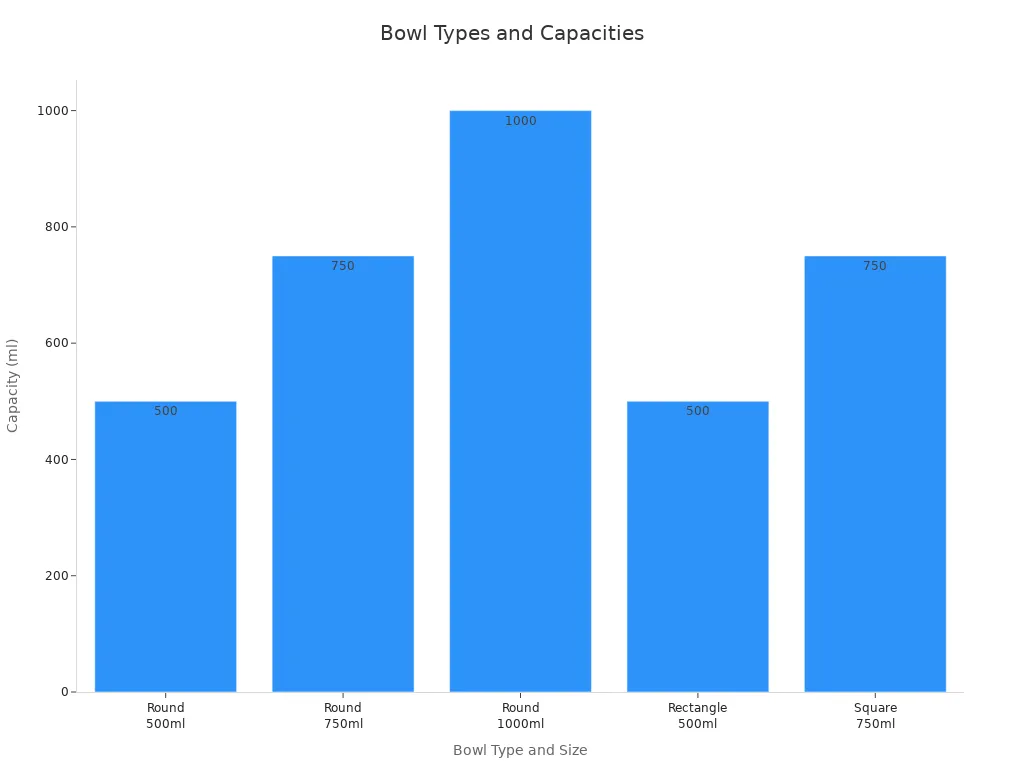
Tip: I always pick bowl sizes and shapes that fit my menu and make serving easy.
Side-by-Side Comparison Table
When I choose between paper salad bowls and plastic bowls, I look at several important features. I want to see how each type performs in real food service situations. The table below shows the main differences and similarities. This helps me make a smart choice for my needs.
| Metric | Paper Salad Bowls | Plastic Bowls |
|---|---|---|
| Capacity | 500ml, 750ml, 1000ml, 1500ml | Varies by manufacturer |
| Shape | Round, rectangular, square, octagonal | Round, rectangular, square |
| Wall Construction | Single-wall, double-wall for insulation | Single-wall, multi-layer |
| Lid Compatibility | Snap-on, heat-seal | Snap-on, heat-seal |
| Material Composition | Food-grade kraft paper, biodegradable/compostable linings | Various plastics |
| Compliance | Meets food contact safety standards (FDA, LFGB, GB 4806) | Meets food contact safety standards |
| Performance Metrics | Leak resistance, structural integrity, heat retention, microwave safe | Leak resistance, structural integrity |
| Cost Efficiency | Bulk discounts, shipping costs, total cost per usable unit | Bulk discounts, shipping costs |
| Quality Assurance | Supplier’s quality control, material traceability | Supplier’s quality control |
| Integration | Fits serving line, storage, delivery packaging | Fits serving line |
| After-sales Support | Supplier’s responsiveness, lead times, reliability | Supplier’s responsiveness |
📝 I always check if the bowl fits my serving line and storage needs. I also ask about after-sales support and quality control from the supplier.
- Paper bowls often come in more shapes and sizes, which helps me match them to different menu items.
- Plastic bowls usually offer better leak resistance and can handle a wider range of temperatures.
- Both types meet food safety standards, but I always confirm this with my supplier.
This side-by-side view makes it easier for me to compare options and pick the right bowl for my business or home.
Practical Examples: Choosing Between Paper Bowl and Plastic Bowl
Best Choice for Restaurants
When I run a restaurant, I look at more than just the price of bowls. I think about how each choice affects my business in the long run. Here are the main factors I consider:
- Cost: Plastic bowls may seem cheaper at first, but I often face extra waste management fees and stricter environmental rules. Paper bowls can save money over time.
- Environmental Impact: I prefer paper bowls because they break down naturally. Plastic bowls stay in landfills for centuries and harm the planet.
- Durability and Functionality: Newer paper bowls are much stronger now. I can use them for both hot and cold foods, just like plastic.
🌱 I choose paper bowls when I want to show my customers that I care about the environment and my community.
Best Choice for Events and Catering
When I plan events or cater large gatherings, I need bowls that fit many needs. I use this table to help me decide:
| Consideration | Details |
|---|---|
| Material Suitability | Plastic bowls are tough and versatile. Paper bowls are light and biodegradable. |
| Size and Capacity | I pick from small (12-16 oz), medium (20-24 oz), or large (28-32 oz) bowls. |
| Design and Aesthetic | Bowls come in many colors and patterns to match any event theme. |
| Compatibility | I make sure bowls match my other dinnerware for a polished look. |
| Sustainability | Eco-friendly options like bamboo or recycled paper work well for green events. |
I often choose paper bowls for outdoor events or eco-friendly parties. For formal events, I sometimes use plastic for extra strength.
Best Choice for Home Use
At home, I want bowls that are easy to use and good for the planet. I compare my options in this table:
| Feature | Paper Salad Bowls | Plastic Bowls |
|---|---|---|
| Sustainability | Biodegradable and compostable | Not biodegradable, pollutes nature |
| Convenience | Lightweight, easy to carry and store | Heavier, less eco-friendly |
| Versatility | Safe for microwave and freezer | Best for cold storage only |
I use paper bowls for leftovers, picnics, and quick meals. They are light, easy to pack, and I can microwave them. I feel better knowing I am making a greener choice for my family.
I choose paper bowls when I want eco-friendly, compostable options. I pick plastic bowls for maximum durability and leak resistance. Before buying, I always weigh these factors:
- Environmental impact
- Cost
- Durability
- Local regulations
I recommend thinking about your own needs before making a final choice.
FAQ
Are paper salad bowls safe for hot foods?
I use paper bowls for warm foods, but not for very hot soups. High heat can weaken the bowl and cause leaks.
Can I recycle plastic salad bowls at home?
I check the recycling symbol on the bowl. Most local programs accept #1 (PET) and #5 (PP) plastics. I always rinse bowls before recycling.
Do paper bowls always contain PFAS?
Not all paper bowls have PFAS. I look for "PFAS-free" labels or ask the supplier. Many brands now offer safer, chemical-free options.

